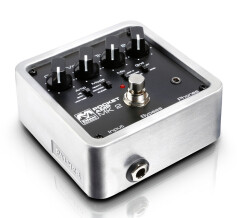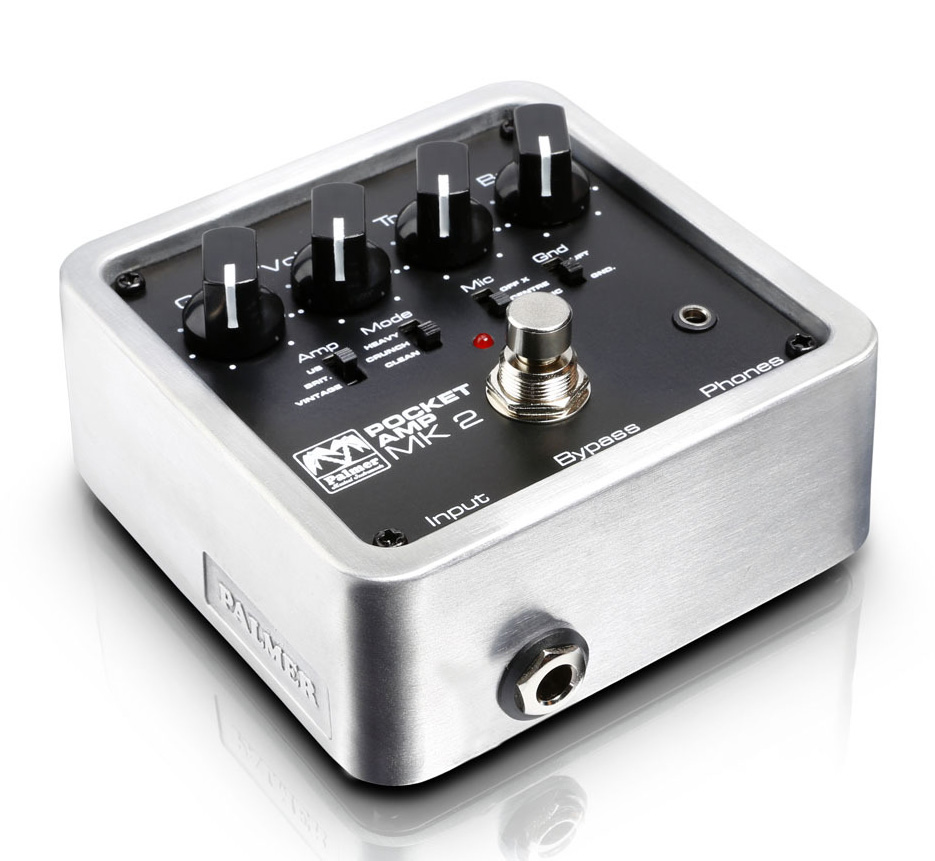Not satisfied with those reviews?
No member of Audiofanzine has reviewed this product yet.If you own this product or have tried it extensively, you can be the first to give your opinion about it.
Or
You may request for a user review in order to notify owners of this product
You can also:



